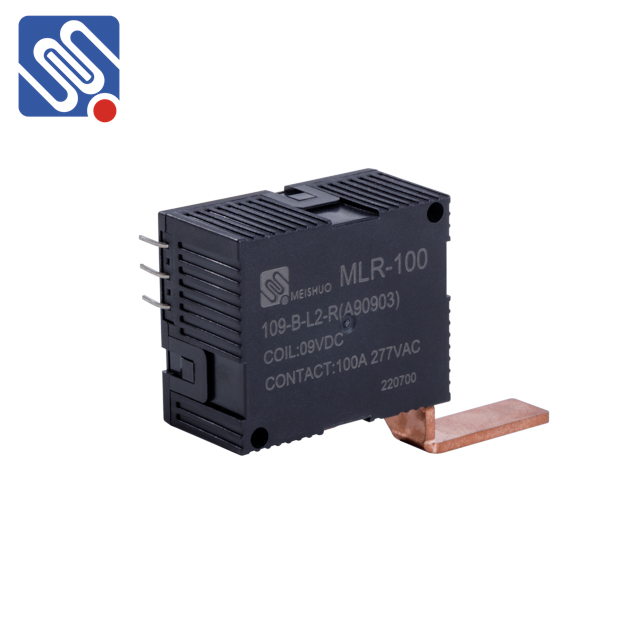understanding relay parameters and their role in electrical systems
Release time:2025-04-13 16:58:31
Relays are essential components in electrical systems, acting as switches that control the flow of electricity to various devices or circuits. These electromechanical devices are widely used for automation, protection, and control in a variety of applications, including power distribution, industrial machinery, and telecommunications. A critical part of their operation involves the understanding and proper adjustment of relay parameters. These parameters define the relay’s behavior and influence its performance in different scenarios. In this article, we will explore the key relay parameters and their significance in electrical systems.

What Are Relay Parameters?
Relay parameters are the specific settings or characteristics that dictate how a relay will respond to changes in electrical conditions. These parameters help to define the relay’s functionality, such as its sensitivity, timing, and response to faults or overcurrent events. Properly configuring these parameters ensures that the relay operates effectively, providing reliable protection and control in an electrical circuit.
Key Relay Parameters
Pickup or Operate Voltage:
The pickup voltage, also known as the operate voltage, is the minimum voltage required for a relay to activate. When the input voltage reaches this threshold, the relay closes or opens its contacts, initiating a change in the circuit. The pickup voltage is a critical parameter, as it ensures that the relay only responds to signals above a certain level. Setting this value too low may lead to false triggering, while setting it too high could prevent the relay from responding to genuine electrical changes.


